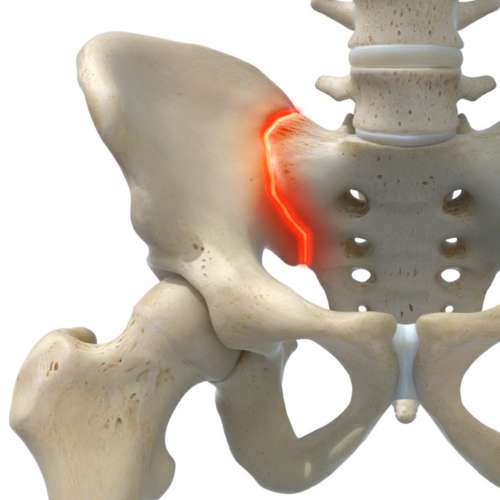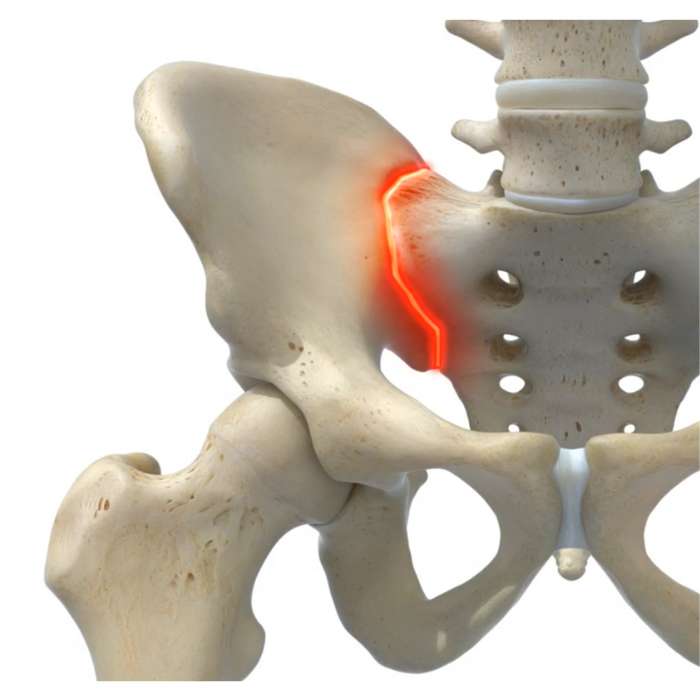FOR PATIENTS
What you need to know about
SI joint instability and more.


What is SI Joint Dysfunction?
The sacroiliac joints (SI) connect the spine to the legs, absorbing shock forces with limited mobility. However, SI instability can cause severe pain. While advances in surgical techniques have helped with lumbar spine instability, SI joint instability remains relatively unaddressed. Many patients run out of options once conservative treatments have failed to offer continued relief from painful SI symptoms.
The opinions expressed are the professional medical opinions and the clinical observations of licensed and practicing physicians and may not necessarily represent claims made by CornerLoc.
What Patients Should Know
About SI Joint Dysfunction
What is the Sacroiliac Joint?
What is SI Joint Dysfunction?
Common Causes
Common Symptoms
Treatment Options





Take A Closer Look:

TransLoc 3D™ is the next evolution in fixating the sacroiliac (SI) joint. Incorporating CornerLoc’s patented and proven CornerLoc- ing technology1, together with state-of-the-art 3D printed titanium macro and microporosity in the new ultra-porous posterior titanium implant and lateral oblique compression screw, this system offers a truly 3-dimensional approach to fusing the SI joint.
Patient Guide Brochure
Find out more about the sacroiliac (SI) joint, SI joint dysfunction, and the comprehensive suite of options that CornerLoc™ provides. You can request a digital copy of our CornerLoc GRAFTS™ and TransLoc 3D™ patient guide brochures to be sent to you via email. You can also download a copy now.




Take A Closer Look:

The CornerLoc™ SI Joint Stabilization System has been specifically designed to achieve optimal stabilization and fusion potential, with minimal surgical invasiveness. After careful preparation of the SI joint, two CornerLoc™ GRAFTS are placed orthogonally within the Si joint, effectively creating immediate joint stability and an ideal environment for fusion.
Post-Operative Expectations
Patients are typically walking within hours of their SI joint fusion procedure. Patients typically can return to work and perform light activities after two weeks. The majority of patients report a significant and lasting reduction of their pre-operative SI joint pain following recovery from most SI joint fusion procedures1, 2, 3. More in-depth recovery guidelines will be provided by your physician.

1. Two-Year Outcomes from a Randomized Controlled Trial of Minimally Invasive Sacroiliac Joint Fusion vs. Non-Surgical Management for Sacroiliac Joint Dysfunction. Polly DW, Swofford J, Whang PG, Frank CJ, Glaser JA, Limoni RP, Cher DJ, Wine KD, Sembrano JN, and the INSITE Study Group. International Journal of Spine Surgery. 2016;10:Article 28.
2. Review of Current Evidence for Minimally Invasive Posterior Sacroiliac Joint Fusion David W. Lee, Denis G. Patterson, and Dawood Sayed. International Journal of Spine Surgery May 2021, 8073; DOI: https://doi.org/10.14444/8073
3. These statements have not been evaluated by the FDA.




Patients Like You
What They Have to Say
Every patient is unique, but it is good to hear from other patients about what they have experienced along their treatment path.
Find A Physician Near You
If you would like to contact a physician to discuss whether an SI joint fusion procedure using CornerLoc™ solutions might be an option, we can help you locate a nearby practice.

